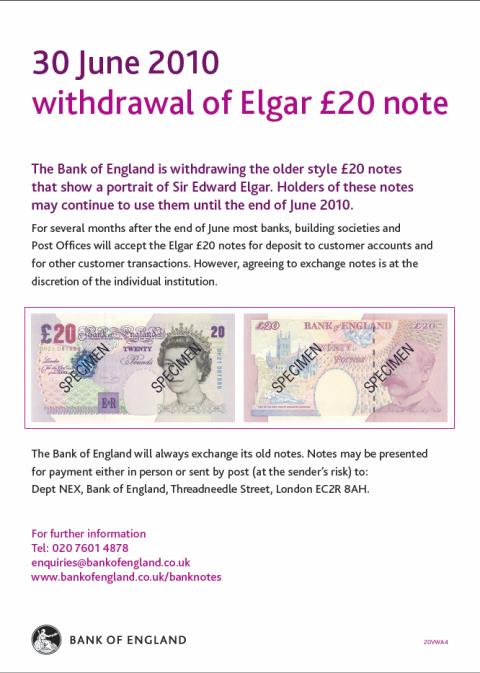Please Note: This applies to the pre-2012/13 Focus model. The latest one doesn’t have the problem based on my own experience.
Request: If anyone actually benefits from this advice, please let me know so I can update the article. I’d like to identify if the problems I had were the same as those being experienced by others.
My last two instructor cars have been Ford Focuses (pre-2012 models), and both have had the same fault:
- when idling, car sounds like it is gasping for air
- sometimes makes whistling noises when idling (like a fan going fast)
- sometimes makes clicking sounds when idling (like a switch operating repeatedly)
- revs falling on idle, lights dimming when it happens
- sometimes spontaneously stalling if rev count falls too much
- with learners, can stall on a bend if they coast – and the power steering stops working (very dangerous)
- with me, can stall when braking to a stop at junctions and lights (annoying)
- starts up again easily
- it might be playing up badly, it’ll stall, but after you restart it it will behave (more or less) until the problem gets bad again
- tends to do it most when warmed up – but not always
- occasionally, when decelerating, you can feel the loss of power in the background
- sometimes when moving off, shudders as if not enough gas is applied
The dealer couldn’t find a fault with the last one (they just plug a laptop into it and if no fault is shown, as far as they’re concerned there isn’t one).
They told me last time that there was definitely no fault, and that learner cars aren’t driven very hard so they clog up and it is necessary to run them at high revs for about 10 seconds (when coming off a motorway, slip it into 2nd, for example) to “blow it out”. They told me there wasn’t a known issue, and they even said that it is normal for cars to fluctuate a little.
Frankly, all of this was utter bollocks. But when my new one started playing up after I’d traded the old one in before the warranty ran out, I tried what they had suggested about “blowing it out” – if anything, it made it worse.
This time, they tried to suggest it was my foot mats under the pedals. They also told me I needed to put high-grade fuel in it! Yeah, I’m definitely going to pay 10p a litre more for 97 RON, when 95 RON is what the car is supposed to run on as a minimum – especially when I am filling up every other day sometimes.
But I looked into it this time. It turns out that there is a huge number of people who have this exact problem with their Focuses. All kinds of suggestions are offered, but it is common that the service centres cannot find anything wrong, when there clearly IS something wrong.
Now, I knew this new car would develop the same fault as the last one from the moment I took delivery. It was gasping and clicking even with just delivery mileage on the clock. And true to form, after about 8k it started to fluctuate noticeably, and by 12k it was stalling sporadically. A couple of weeks ago a pupil who has a habit of coasting (many years driving experience overseas) put the clutch down going round a tight corner and we nearly ended up in railings as the power steering cut out!
Armed with what I’d found, I confronted the local Ford dealer.
To cut a long story short, they replaced the “throttle case” (don’t blame me – I’m not a mechanic, but that’s what the dealer told me) and it has fixed the problem completely. The car now idles constantly.
Don’t be fobbed off. Make a nuisance of yourself if your Focus is playing up.
What is the normal idle speed of a Ford Focus?
Someone found the blog on that term (for a 2010 model). The normal idle is about 750rpm going by the rev counter. I’m sure it has a much more technical and detailed value, but it should be a steady 750 on the internal rev counter based on my own experiences with several Focuses.
If it moves around visibly (or audibly) without touching anything then you have a problem.
Note that certainly on older models, moving the steering wheel, braking, or doing anything which puts an increased load on the engine triggered the engine management system to attempt to compensate and you’d get a small rev counter movement.
My Focus ran out of diesel. Can that cause a problem?
I’ve added this one as of February 2016, after someone found the blog with that question.
Late last year I noticed that my Focus (which is now a diesel) was pulling back when I accelerated (over 40,000 miles on the clock). There were no idling problems like those mentioned above, but I took it to the garage and they replaced the fuel filter. That sorted it out completely.
I know that it isn’t recommended by some garages that you run your tank too low, as deposits which fall the bottom can get into the fuel system. I guess that’s why there is a fuel filter in the first place. So running out of fuel is the best way of sucking all that rubbish into the system (or on to the fuel filter).
I am not a mechanic, and I’m only surmising based on my fuel filter obviously being gunged up, but if you ran out of fuel and are now experiencing problems with idling or acceleration, maybe you should have your fuel filter checked.



 Someone should do a proper scientific study, but there seems to be a correlation between hot summer weather and the incidence of “food poisoning”. Because you can be bloody sure that as soon as it gets hot, people start looking for reasons not to have the lesson they booked as recently as last week.
Someone should do a proper scientific study, but there seems to be a correlation between hot summer weather and the incidence of “food poisoning”. Because you can be bloody sure that as soon as it gets hot, people start looking for reasons not to have the lesson they booked as recently as last week.